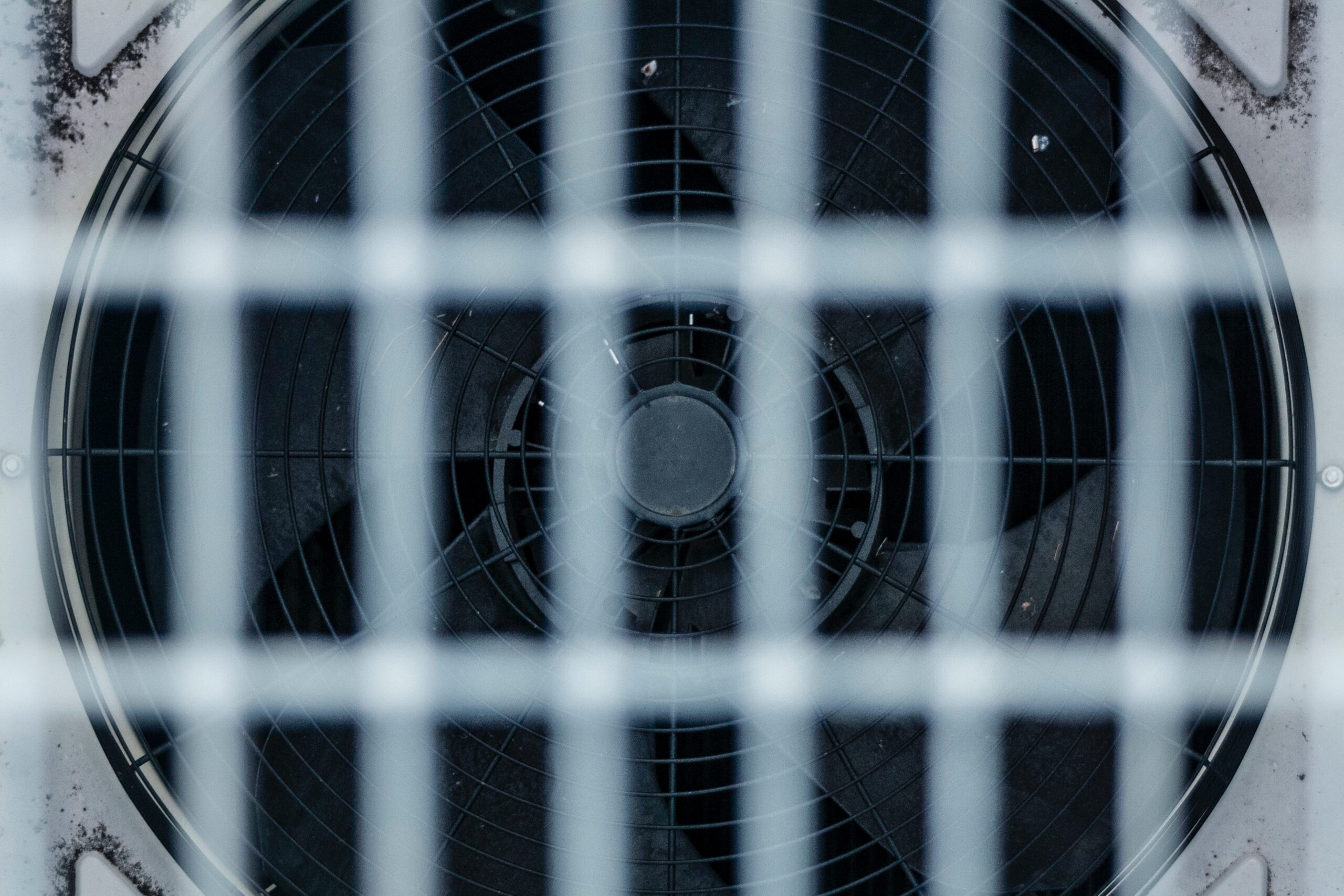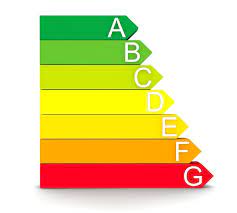Are you Looking For Air Tightness Testing Wilmslow? Contact Engage Training Academy Ltd today for assistance.

Air Tightness Testing
An air tightness test, or air leakage test as it is also known, is a test carried out to establish the air tightness of a building. Air tightness affects energy efficiency and therefore affects energy costs and carbon emissions. We hope you find the following information useful but please feel free to call us if you have any other questions.
In the evolving landscape of sustainable construction, adherence to regulatory standards and energy efficiency benchmarks has become paramount. Among the array of critical considerations, air tightness stands as a fundamental factor that directly impacts a building’s energy performance. Engage Training Academy Ltd offers an indispensable service in the form of Air Tightness Testing, enabling builders and property owners to align with Part L of Building Regulations, thus contributing to more efficient and environmentally friendly construction practices.
With the revision of Building Regulations in April 2006, Part L introduced stringent requirements for energy efficiency in new constructions. This pivotal update emphasized the importance of minimizing energy wastage in buildings, marking a significant shift towards greener and more sustainable design and construction practices. One of the key aspects of these regulations is the requirement for Air Tightness Testing in new buildings. The implications of this testing are far-reaching, as they contribute directly to the energy efficiency and thermal performance of the structure.
An Air Tightness Test, also known as an air pressure test or air leakage test, is designed to measure the air permeability of a dwelling. In essence, it quantifies the amount of air that unintentionally enters or exits a building through gaps, cracks, and leaks in the building envelope. This seemingly minor detail holds immense significance in the larger picture of energy efficiency. Uncontrolled air leakage can result in substantial heat loss during the colder months and excessive heat gain during warmer periods, leading to increased energy consumption and reduced indoor comfort.
The role of Air Tightness Testing is particularly pronounced within the context of SAP (Standard Assessment Procedure) Calculations. SAP Calculations are a standardized method for assessing the energy performance of dwellings, evaluating factors such as heating, cooling, lighting, and ventilation. These calculations are essential for demonstrating compliance with Building Regulations, including Part L. Here, the connection between Air Tightness Testing and SAP Calculations becomes evident.
SAP Calculations, the air permeability value obtained from an Air Tightness Test plays a pivotal role. This value is incorporated into the calculation process, impacting the overall energy efficiency rating of the building. By sealing off unintended avenues for air movement, the energy demands for heating and cooling are significantly reduced, leading to a more favorable SAP Calculation outcome. In essence, the air tightness of a building has a direct correlation with its energy efficiency, making Air Tightness Testing an indispensable part of the equation.
When discussing the implications of Air Tightness Testing on SAP Calculations, it’s important to highlight the broader environmental impact. In the pursuit of reducing carbon emissions and curbing the effects of climate change, constructing energy-efficient buildings is a crucial step. A well-executed Air Tightness Test ensures that the building’s performance aligns with sustainable objectives. By effectively controlling heat loss and gain, these tests contribute to lowering carbon emissions associated with excessive energy consumption.
Without undergoing Air Tightness Testing, new construction projects risk defaulting to assumed values for air permeability in SAP Calculations. These default values are generally less favorable and might not accurately represent the actual energy efficiency of the building. Consequently, this can lead to an inaccurate SAP Calculation that fails to meet the desired carbon emissions target. In a time where regulatory bodies and the construction industry at large are making concerted efforts to foster sustainable practices, overlooking Air Tightness Testing could result in missed opportunities for improved energy performance and environmental stewardship.
The Air Tightness Testing service provided by Engage Training Academy Ltd is a vital component of modern construction practices. As a result of the updated Part L of Building Regulations, these tests have become essential for ensuring energy efficiency and compliance with sustainable standards. The measurements obtained from these tests directly influence SAP Calculations, impacting the energy efficiency and carbon emissions of new buildings. By minimizing air leakage, these tests contribute to reduced energy consumption, increased indoor comfort, and a more sustainable future. In an era where environmental consciousness is paramount, embracing Air Tightness Testing is a decisive step towards constructing buildings that are both environmentally responsible and energy-efficient.
Thank you for visiting Air Tightness Testing Wilmslow. Please also remember that following your recent build journey, you may now be required to enter or re-enter your property with HM Land Registry. If your solicitor has indicated that a title or lease plan is now required, then our sister company Lease Plans Complaint can assist you. Click here to connect for all your HMLR plan requirements.



